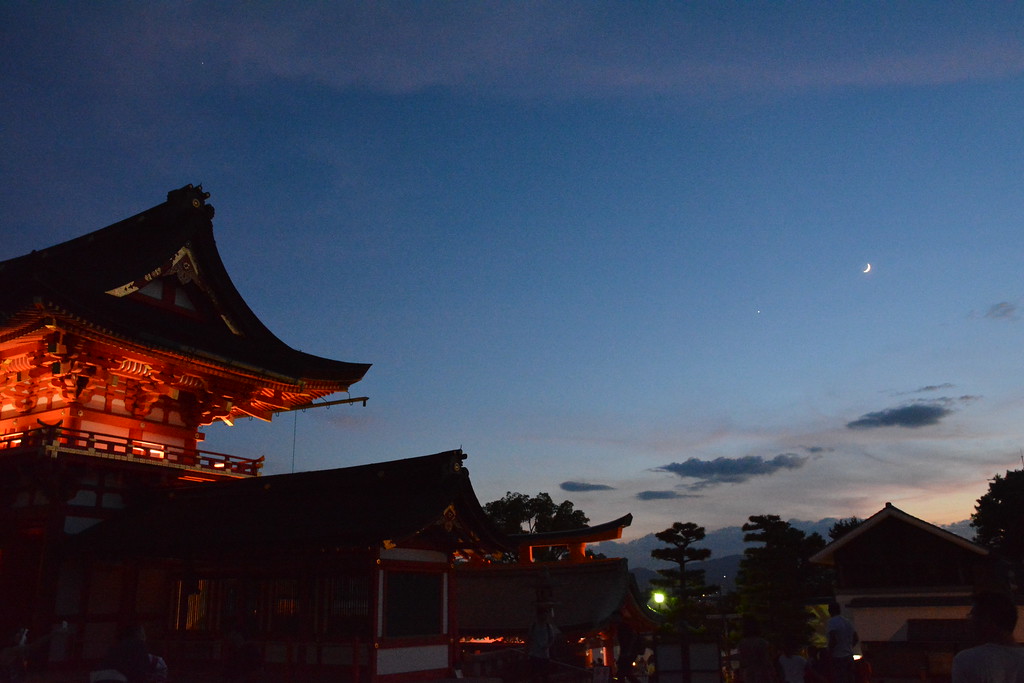
I was in Japan this summer and met some wonderful Wharton alumni.
Of course, fulfilling a childhood dream, I also had a chance to take the Shinkansen (Bullet train) a few times. Of course, in these days of disrepair of public transport systems such as the MTA and Amtrak, Shinkansen is an engineering marvel.
But more than the engineering feat, what is impressive (of course, as an operations prof) was the nearly flawless operations of the Shinkansen.
Shinkansen bullet trains leave south from train tracks in Tokyo every 7-9 minutes. This frequency is nothing short of amazing. If you consider the fact that the Hakari express takes 3 hours to get to Shin-Osaka station outside Osaka, there are 20-26 trains hurtling by at 400km/hr in one direction on the same line between Tokyo and Osaka. (Little’s law).
Now, to complicate things, (the fastest super express class of) Nozomi trains take only 2.5 hours from Tokyo to Osaka, which means that some of the trains must cross in sequence at suitably planned station stops. (We can still apply Little’s Law, of course). But, the usage of every platform and every line needs to be carefully planned. I would love to write more in detail about this how this gets done at a later point, but to be brief, much of the seamless on-time transporting is excellent operations and execution.
Given the seamless execution, one would think that much of the process is heavily automated.
No.
Shinkansen systems run in the poka-yoke design relying on a ton of manual attention, and automated only where necessary. Astoundingly, very much like the Toyota Production System, the system hurtles at high speed, but the individuals do not pace around. It is machinery working with the human craft. Here is a lovely article on how much of “human effort” in the Toyota production system –
At Toyota, Automation is Human powered.
This fact is true for much of Japan, and definitely for the Shinkansens, I felt.
For instance, within 7-10 minutes before the same train leaves, after the passengers alight and before new passengers board, a cleaning crew enters each compartment with a check-list, rotates every chair to face forward as the train has to go the other way now, cleans every seat, and gets the checklist verified by an inspector with a pen-and-paper process.
When every conductor makes a deep bow when every shinkansen passes by, or when they enter or exit each car, one notices that the dignity of labor runs in the veins of the nation. Every one executes a sequence of critical steps and communicates them with everyone else using visible arm movements like a semaphore. This attention to process control happens everywhere in Japan, including local lines. I observed a driver on the JR Yamanote line as she did a 2-minute ritual of checking things at every station.
PS: Speaking of Toyotas, I saw very few non-Japanese cars in Japan. Plus, the Toyotas look so fancy with a different logo, that I mistook them for Cadillacs on my first glance.
